Currently, many localities in Ha Tinh are facing significant challenges in environmental pollution caused by livestock waste. In this context, bio-bedding technology and the use of probiotics are considered effective measures to gradually address this problem.
Livestock waste is not thoroughly treated.
With nearly 10 years of experience in pig farming, Mr. Vo Van Man (Binh Minh village, Cam Binh commune, Cam Xuyen) said: "My family's pig herd is regularly maintained at 30 - 40 pigs/batch. I have built a biogas tank, but because I cannot completely treat the waste, the barn still smells bad."
Mr. Vo Van Man (Binh Minh village, Cam Binh commune, Cam Xuyen) maintains his pig herd at 30 - 40 pigs/batch.
In recent years, raising cattle in captivity, especially the 3B breed (Belgan Blue Breed), has brought high economic efficiency to the people of Tung Loc commune (Can Loc). However, when the total herd of cattle continuously increases (reaching over 1,000 heads), the farmers here have to face the pressure of livestock waste discharged into the environment.
Mr. Tran Van Nhi (Nam Tan Dan village, Tung Loc commune, Can Loc) shared: “Because cows are kept indoors, we have to regularly clean the barn and concentrate the cow waste in one area. However, cow manure often has a strong odor, cannot ensure hygiene, and affects the daily life of the whole family and neighbors.”
Waste pollution from cattle farming in Tung Loc commune, Can Loc district.
When barns are still interspersed in residential areas, many families who do not raise livestock are always "stuffy" in their daily activities. Mr. Phan Van Thinh (Nam Tan Dan village, Tung Loc commune, Can Loc) said: "Because of the neighbors, I am very sympathetic, but the smell makes daily activities upside down, there are a lot of flies, especially in the early morning and late afternoon, when waste is discharged".
Currently, the total pig herd in the province is 400,000, the cow herd is over 169,000, the buffalo herd is over 69,000, and the poultry herd is over 10 million. However, only 60% of the total pig herd is raised on a farm scale, with proper investment in waste treatment infrastructure; buffalo, cow, and poultry farming is still mainly small-scale and household-based.
The whole province only has 60% of the total pig herd raised on a farm scale, with proper investment in waste treatment infrastructure.
According to the assessment of the Ha Tinh Center for Application of Science and Technology Advances (Department of Science and Technology), livestock by-products and waste are increasing. It is estimated that the amount of livestock waste discharged into the environment in Ha Tinh is approximately 1.5 million tons/year. Most of the waste is not treated, causing impacts on the ecological environment, especially air, water, and soil pollution, due to the waste decomposition process.
In addition, household livestock farming is located in residential areas with limited land funds. The main farming method is grazing and confining livestock near family living areas; livestock waste is not treated but discharged directly into the environment, directly affecting people's lives and activities.
Recently, Ha Tinh has sanctioned many livestock farms that violated regulations in the field of natural resources and environment (not building wastewater disinfection tanks; lacking biogas tanks, incinerators for dead animals; disinfection pits...) such as the following cases: Mr. Le Manh Hung - owner of an industrial pig farm in Huong Tra commune, Huong Khe district; Ms. Nguyen Thi Nghia - facility in Xuan Thanh commune, Nghi Xuan district; Central Industry and Trade Development Investment Joint Stock Company - facility in Cam Xuyen town, Cam Xuyen district...
Bio-bedding and probiotic technology helps improve the livestock environment
The family of Ms. Nguyen Thi Thoa (Hong Thinh village, Thinh Loc commune, Loc Ha) is a household participating in the model of using bedding technology in pig farming of Que Lam Group Joint Stock Company. Ms. Thoa said: "The barn area is designed with 2/3 of the area for biological bedding. This layer of bedding contains microorganisms that can ferment and decompose pig waste, thereby limiting odors and toxic gases, making it environmentally friendly."
Ms. Nguyen Thi Thoa's family (Hong Thinh village, Thinh Loc commune, Loc Ha) uses bedding technology in pig farming.
In Vu Quang district, after organizing a delegation to visit and learn about the 4F biosafety pig farming model (Farm - Food - Feed - Fertilizer: farm - finished product - animal feed - organic fertilizer) of Que Lam Group Joint Stock Company in Thua Thien Hue province, the locality coordinated with this enterprise to pilot 2 pig farming models in the area.
Accordingly, households have been instructed and invested in rebuilding the barn system; using crushed rice husks as biological bedding along with microbial products to deodorize; scientifically arranging drinking fountains and excess water drainage troughs so that biological bedding is only used to treat pig feces and urine (due to the pig's habit of excreting urine when drinking water)...
Through the application of this technology, Ms. Vo Thi Thanh Ky (village 1, An Phu commune, Vu Quang) found that the surrounding environment has reduced pollution and saved water resources. Ms. Ky shared: “The farming area does not have the foul smell as before because microorganisms have decomposed the manure in the barn during farming. After cleaning, I compost the manure with probiotics, which is very useful for fertilizing oranges.”
During the process of using bedding technology, Ms. Vo Thi Thanh Ky's farming area does not have the bad smell as before.
Mr. Nguyen Trong Huong - representative of Que Lam Group Joint Stock Company, Ha Tinh branch informed: "From 2021 to now, Que Lam Group Joint Stock Company has coordinated with localities in Ha Tinh to deploy 13 models of bio-safe pig farming in the direction of organic farming using bedding technology. Through implementation, the model has initially helped people change their awareness of pig farming using bio-bedding, being environmentally friendly and creating safe products for consumers".
From 2021 to present, Que Lam Group Joint Stock Company has coordinated with localities in Ha Tinh to deploy 13 biosafety pig farming models in an organic direction, applying bedding technology.
In addition, the company also supports and guides the use of microbial yeast to treat manure to create organic microbial fertilizers. Currently, the company is supplying the Ha Tinh market with about 1 ton of microbial yeast per year, equivalent to treating 1,300 tons of livestock waste. The increasing application of microbial yeast in localities such as Huong Son, Can Loc, Loc Ha, Cam Xuyen... is considered an effective solution, contributing to improving the livestock environment, developing agriculture in an ecological and sustainable direction.
Thai Oanh
Source


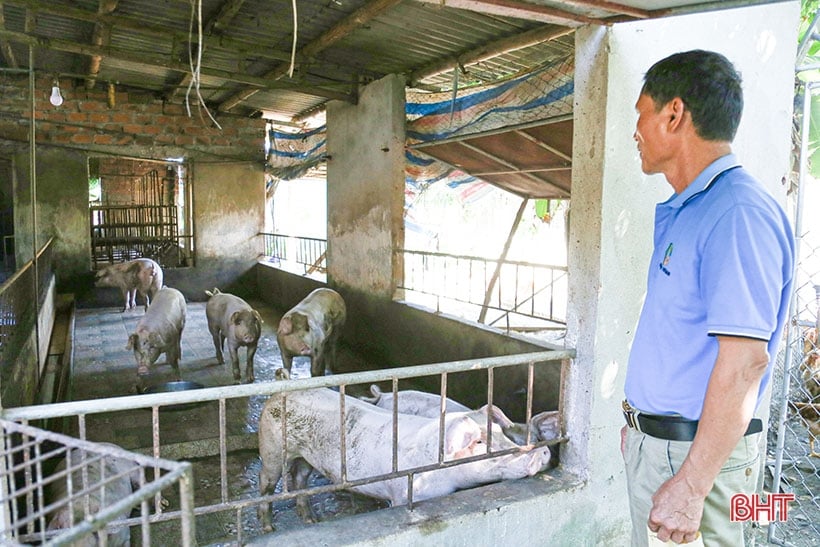
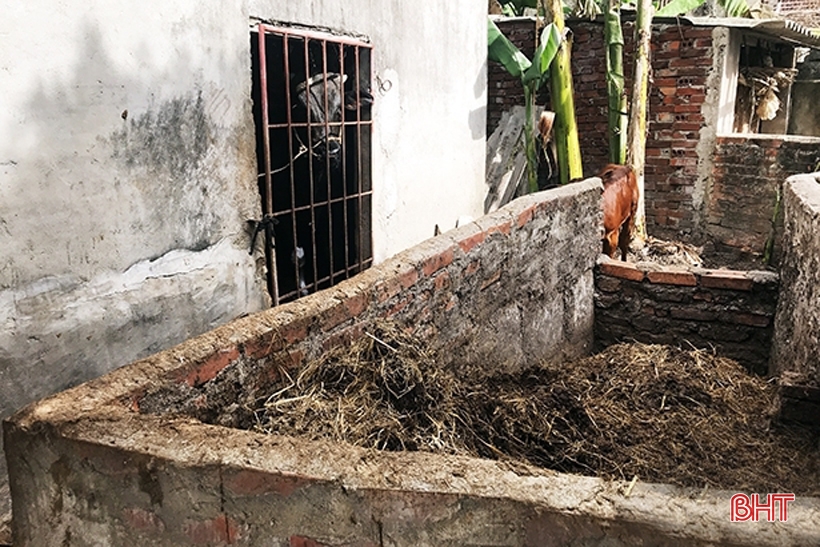
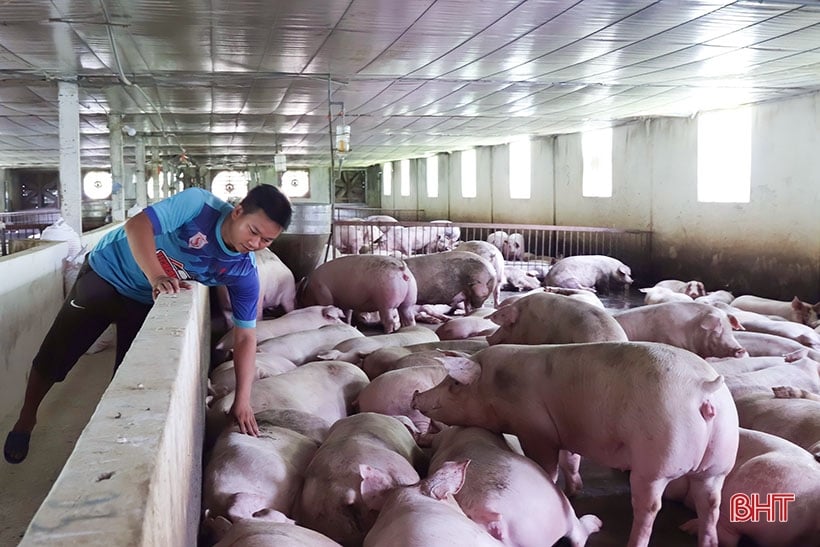
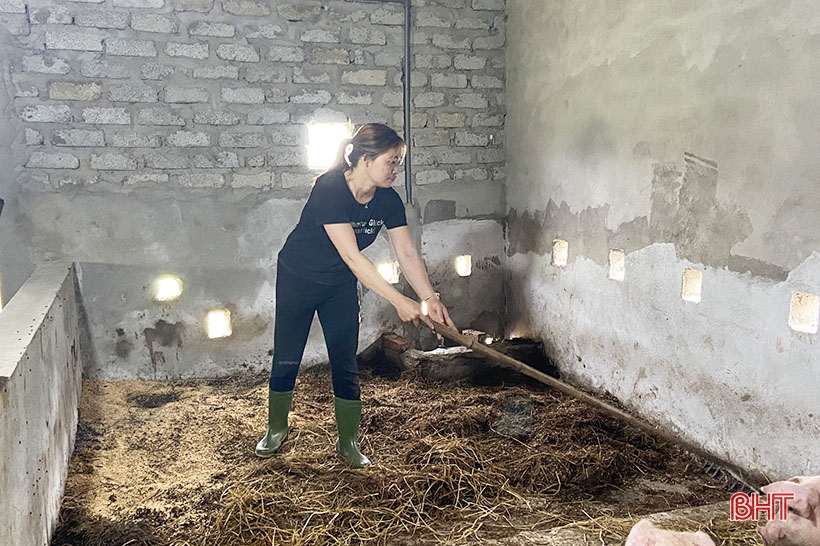
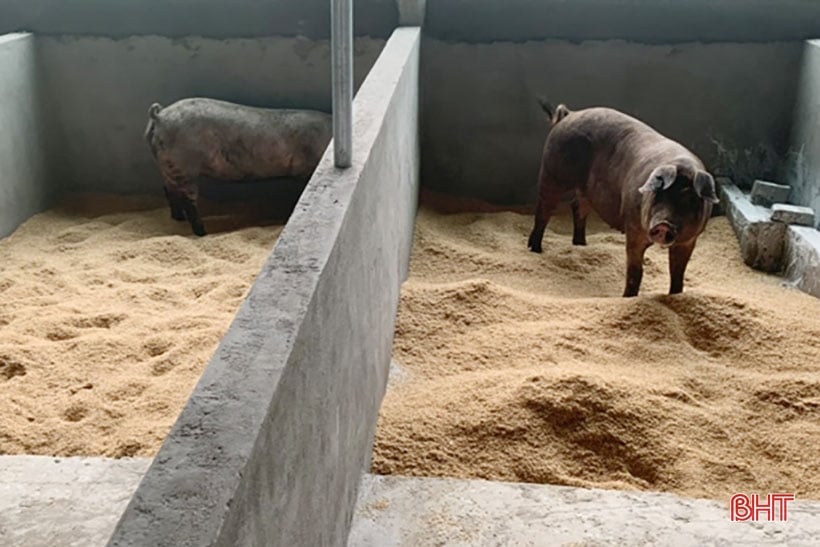
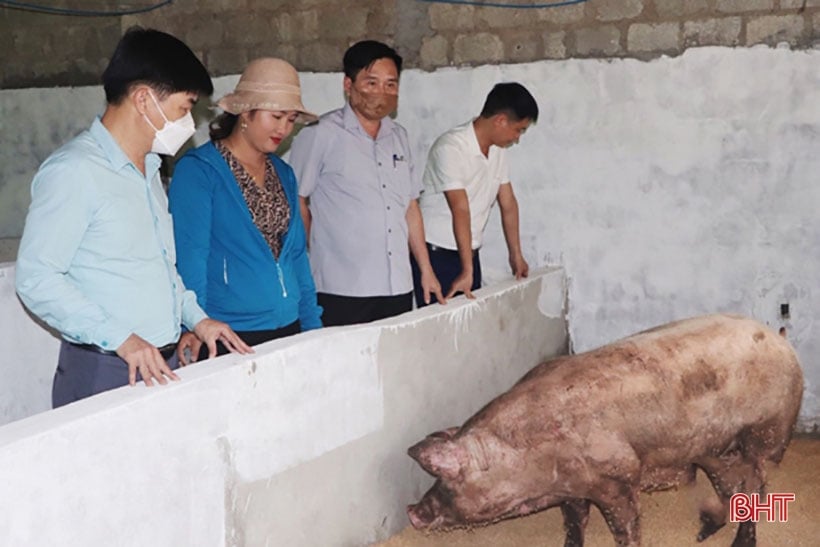
![[Photo] Closing of the 11th Conference of the 13th Central Committee of the Communist Party of Vietnam](https://vstatic.vietnam.vn/vietnam/resource/IMAGE/2025/4/12/114b57fe6e9b4814a5ddfacf6dfe5b7f)



![[Photo] Overcoming all difficulties, speeding up construction progress of Hoa Binh Hydropower Plant Expansion Project](https://vstatic.vietnam.vn/vietnam/resource/IMAGE/2025/4/12/bff04b551e98484c84d74c8faa3526e0)




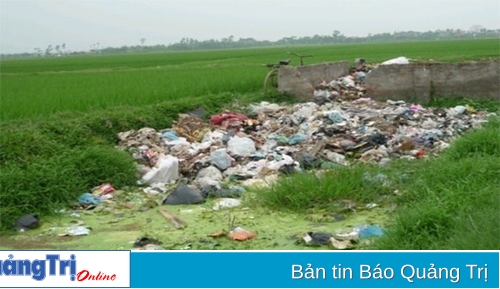
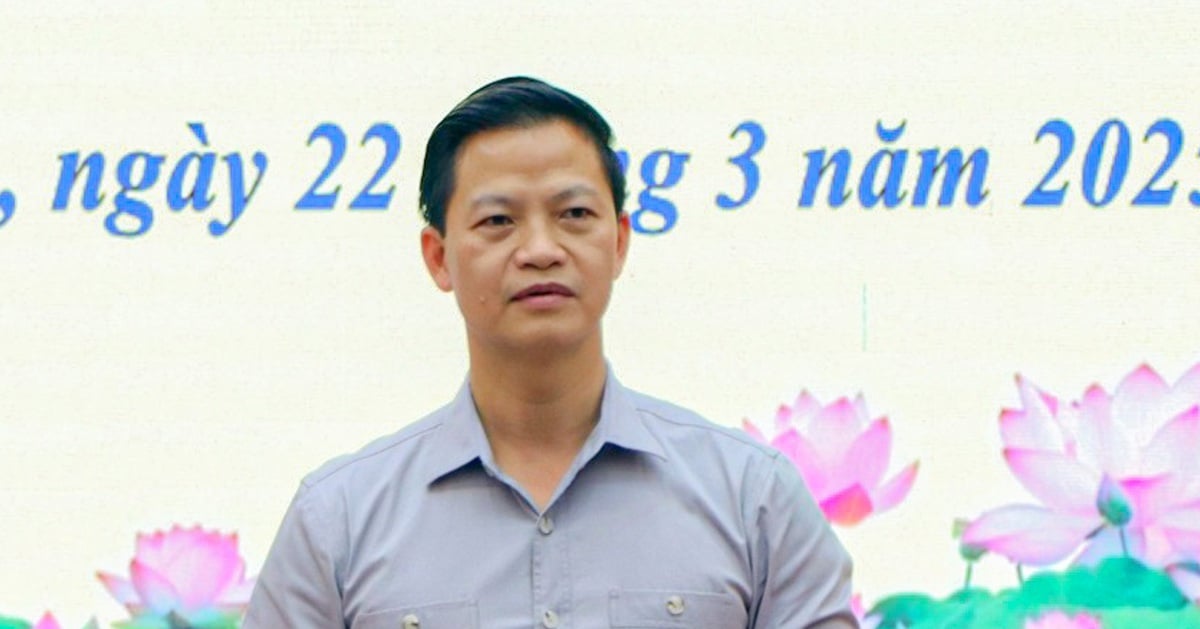


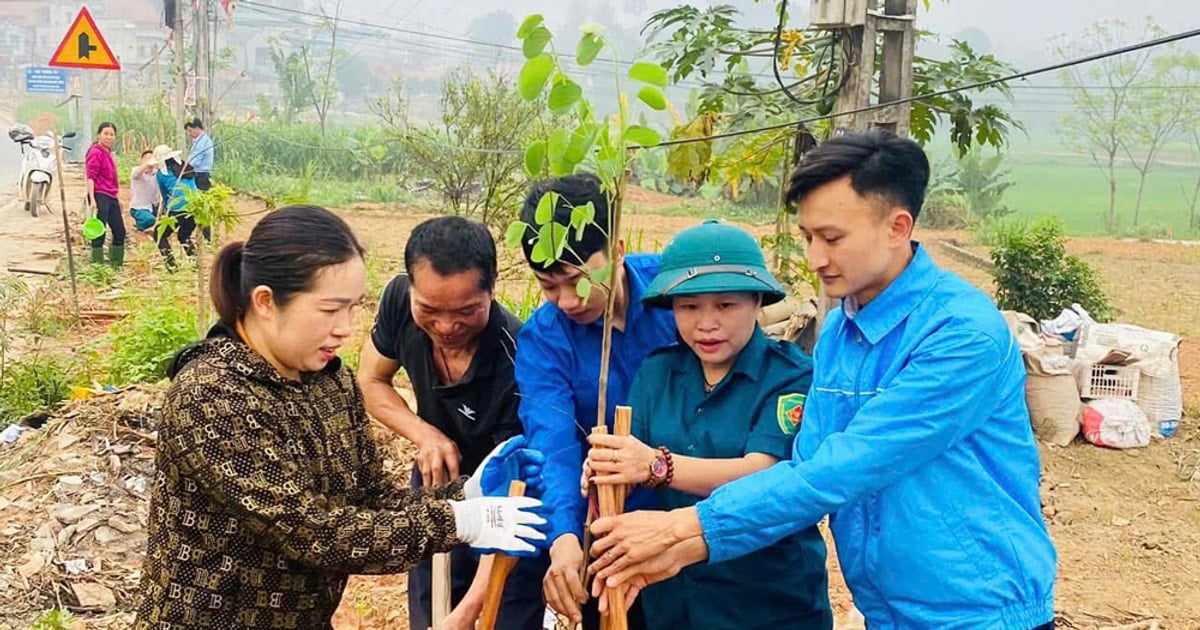

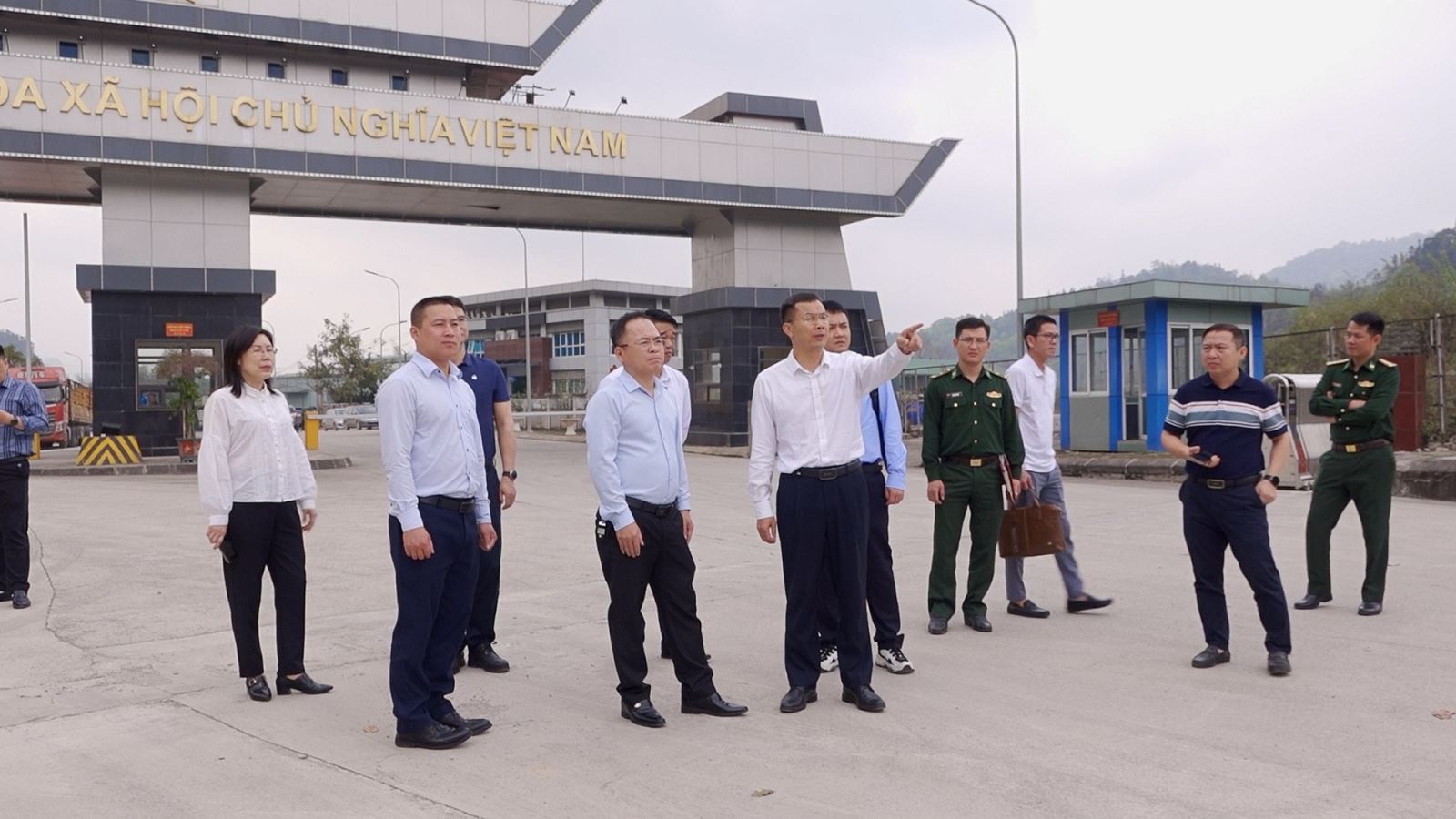
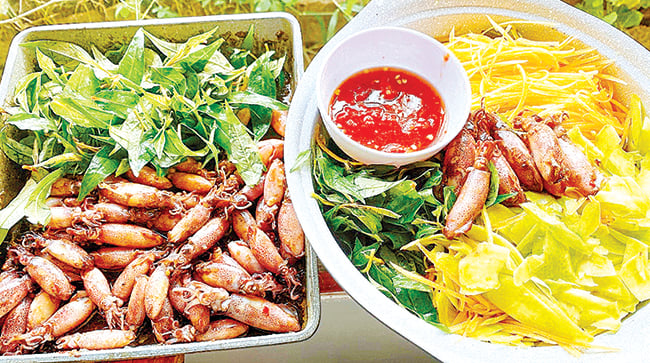
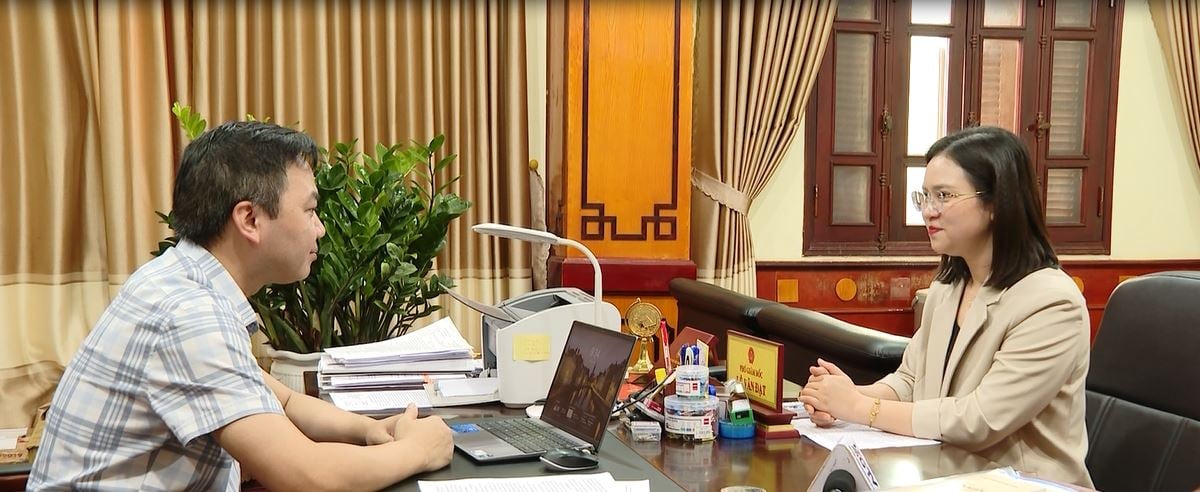
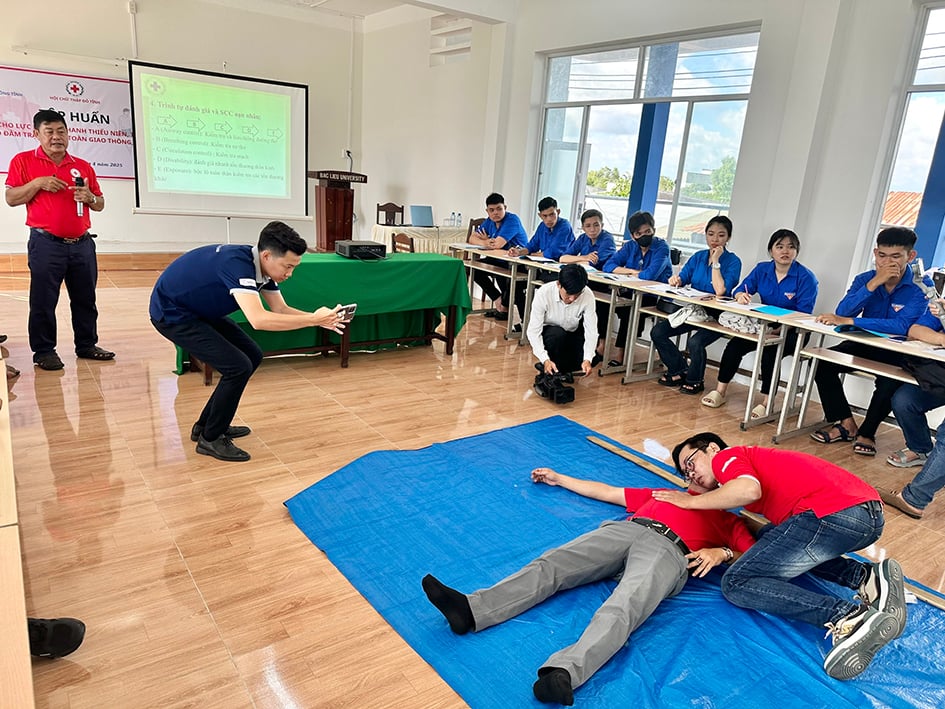
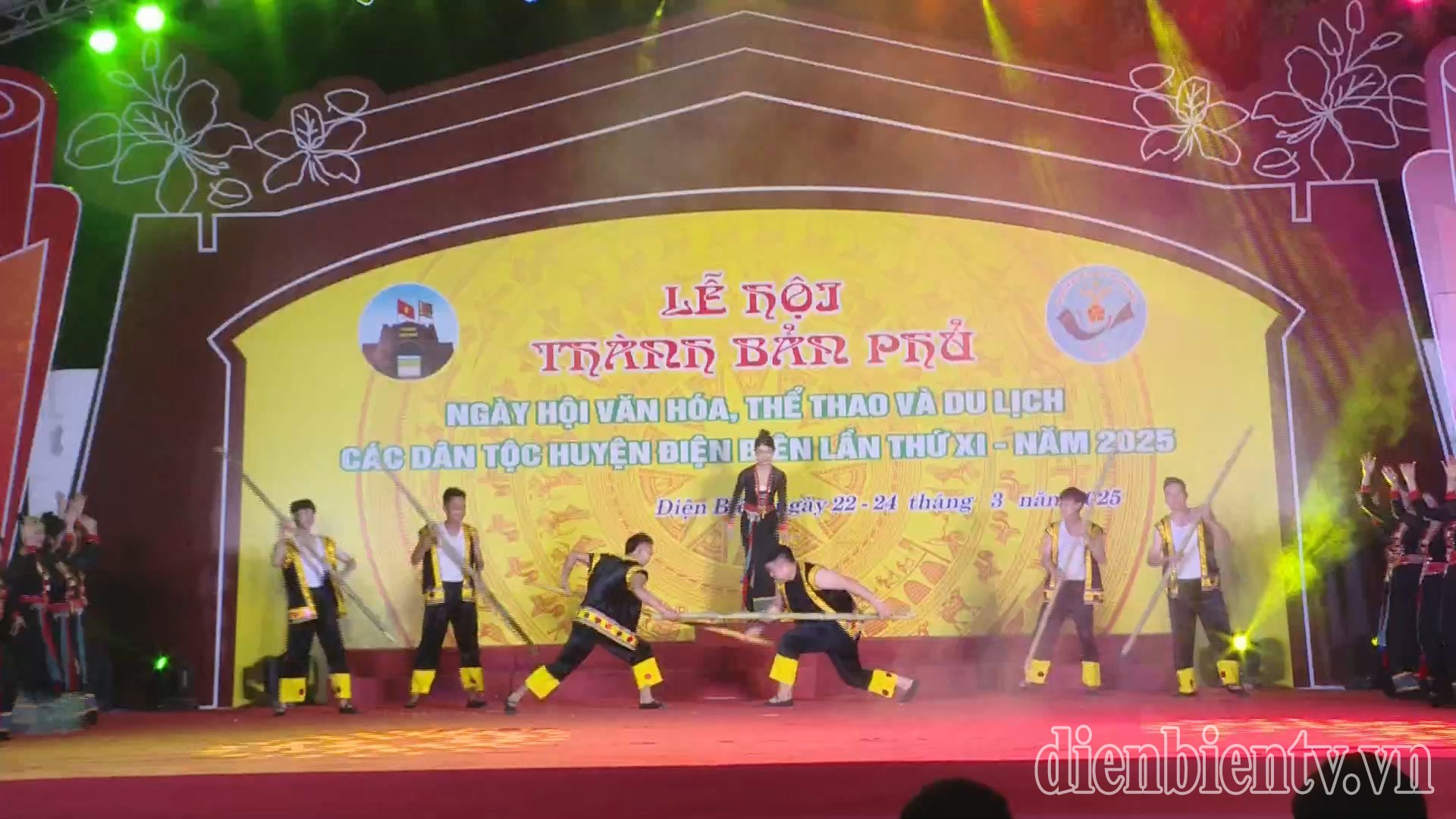




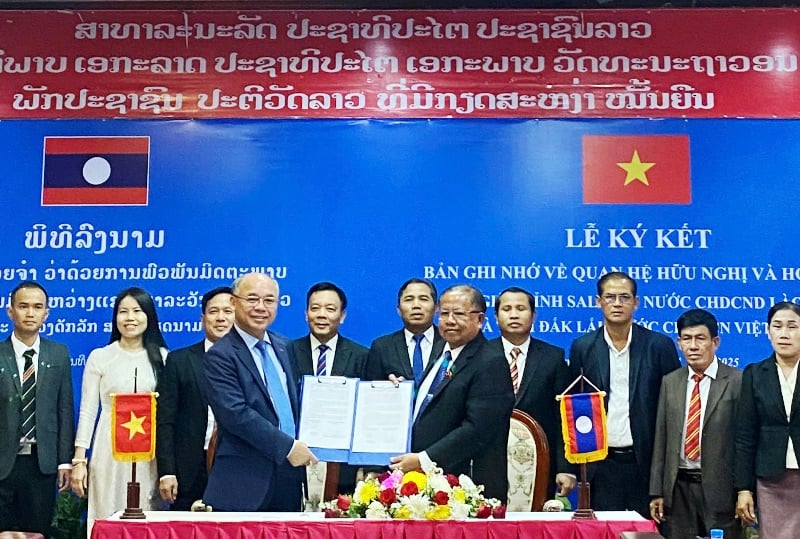
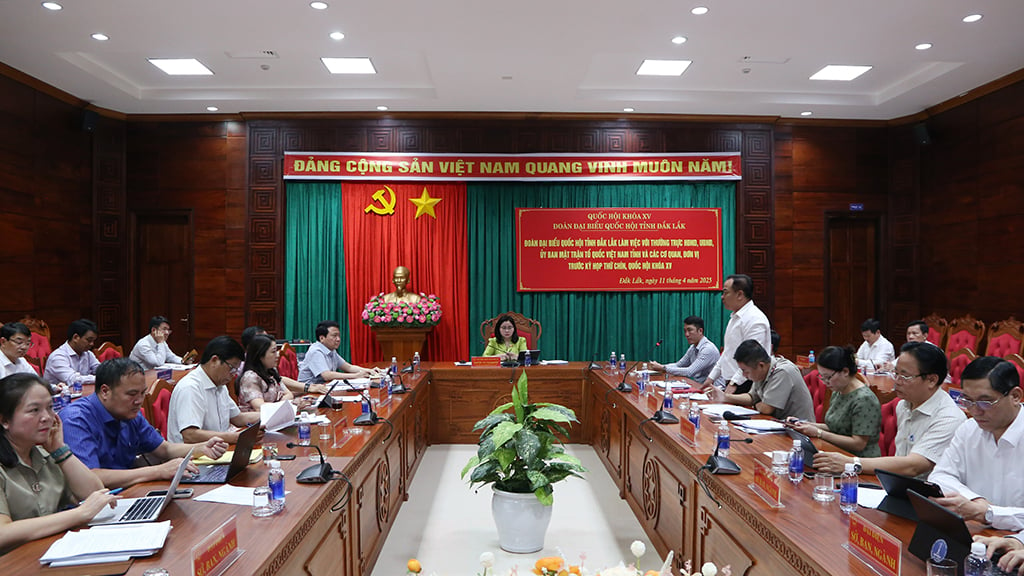

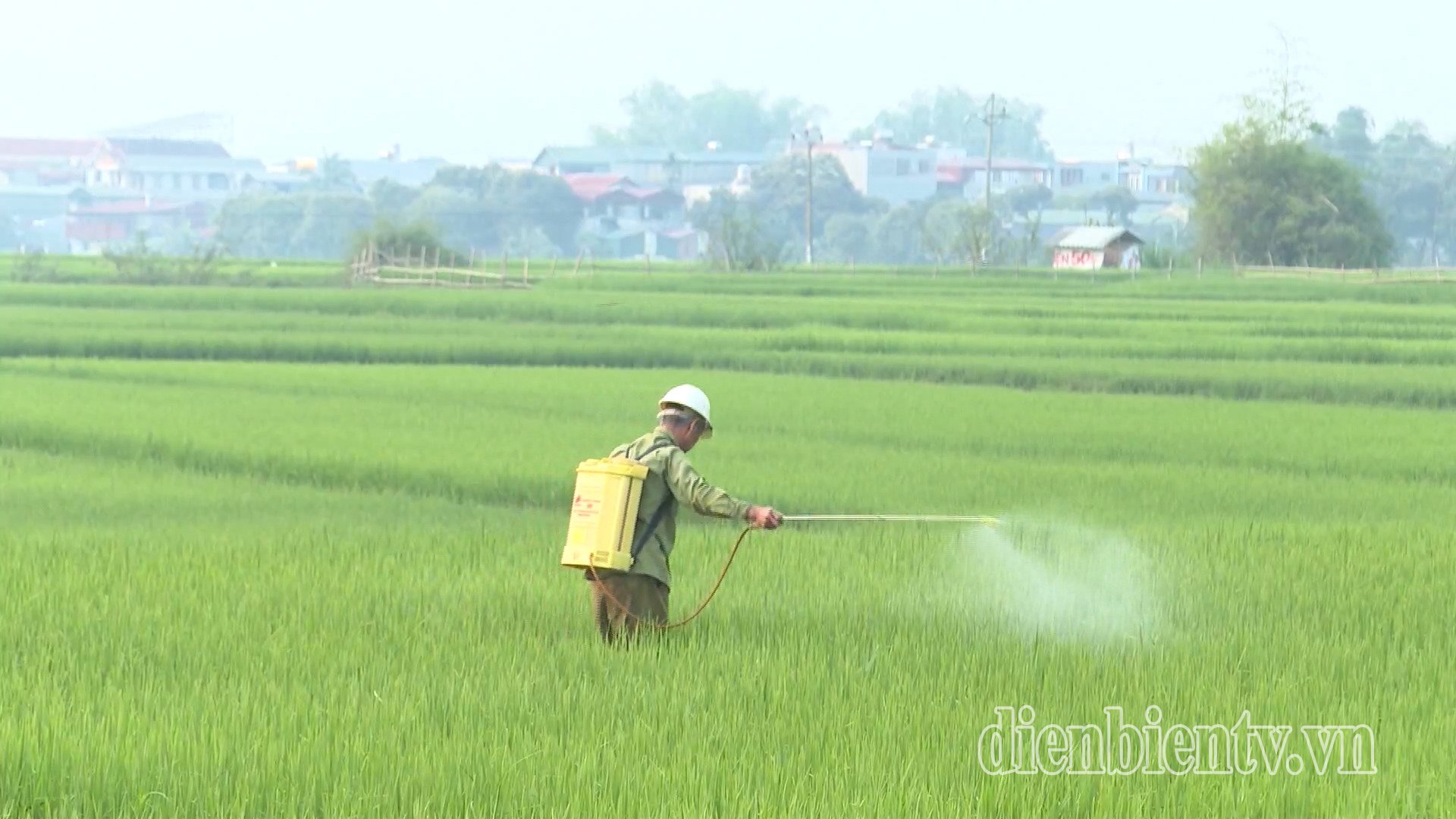
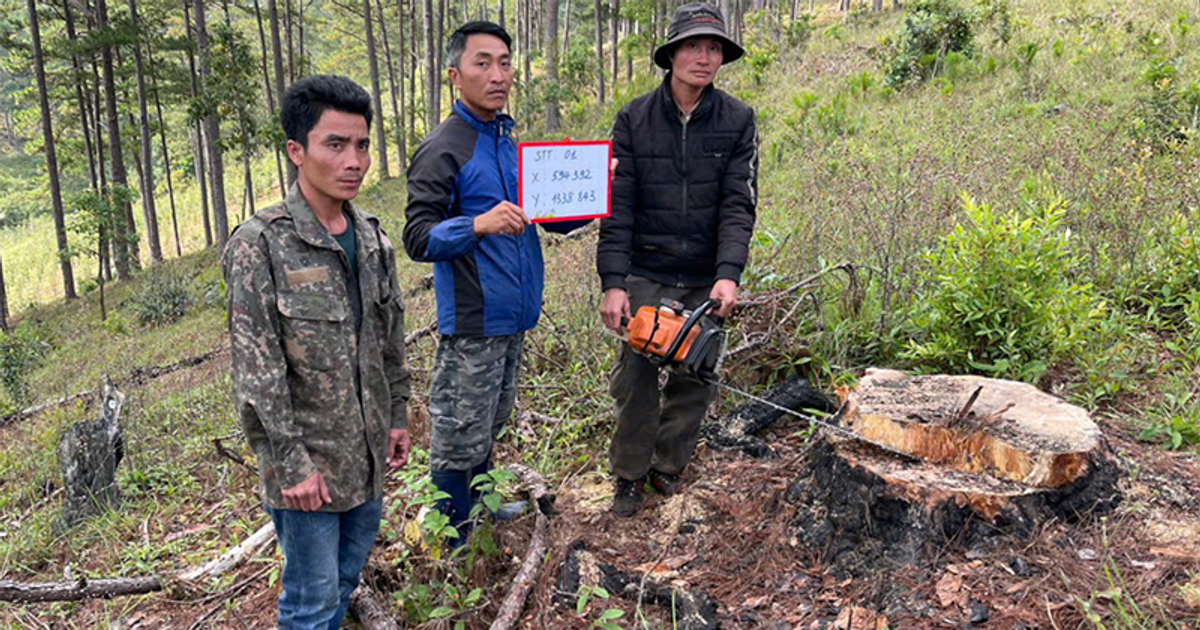














































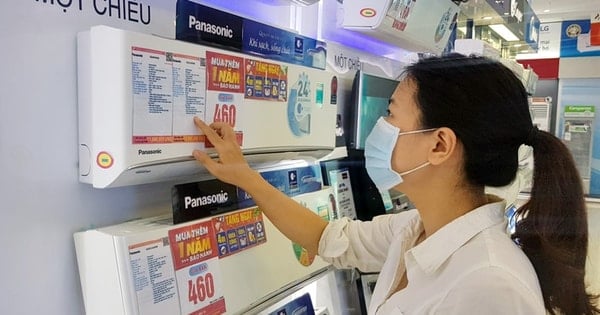

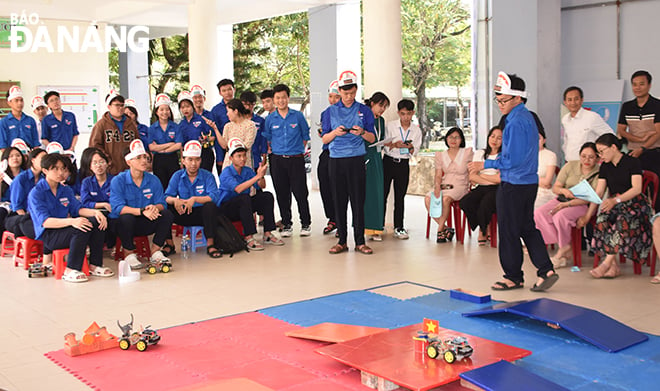

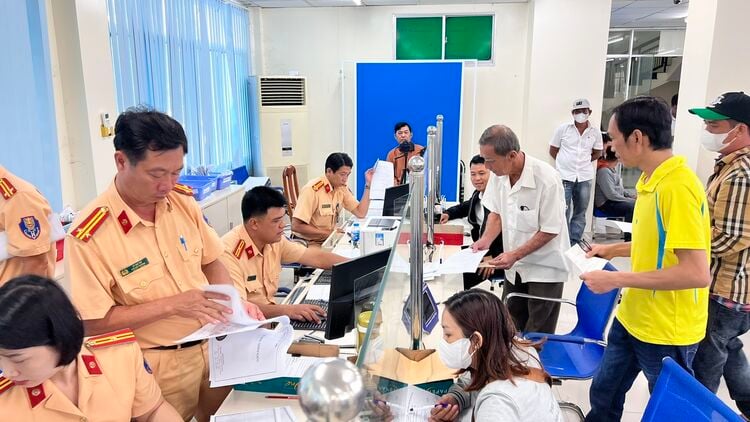












Comment (0)